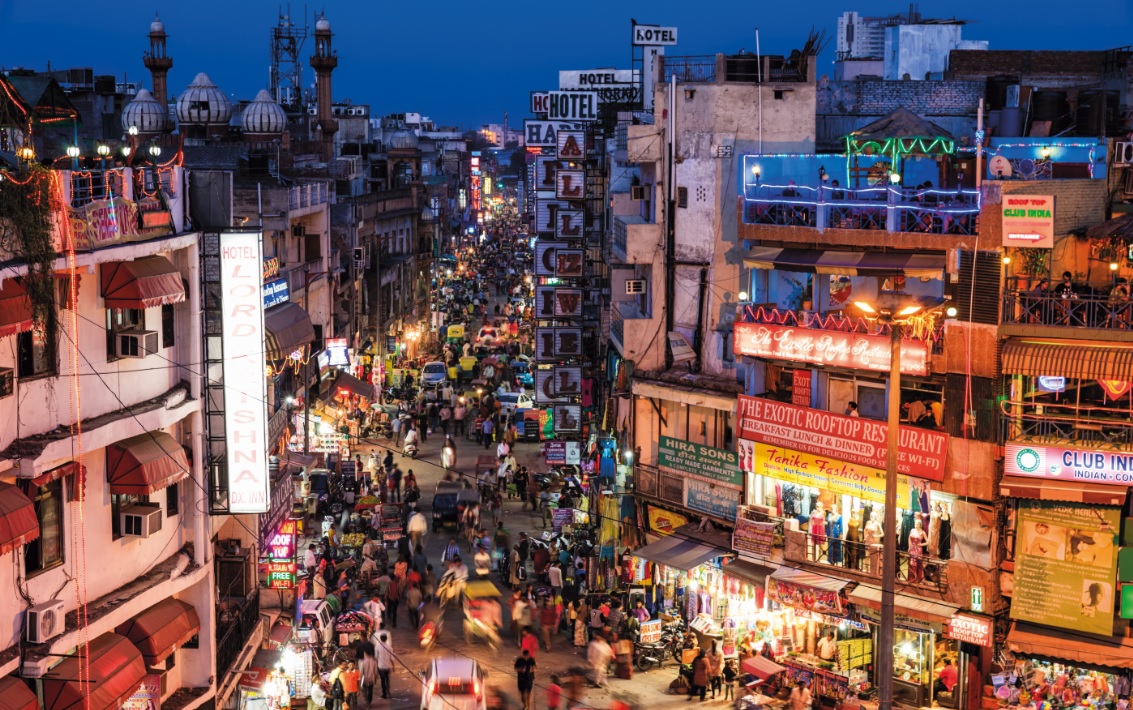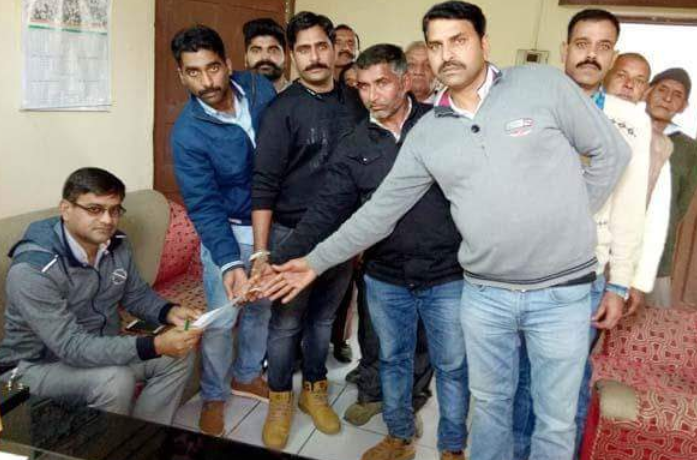A hotel fire in which 17 people were killed, a sealing drive that shut over 4,000 commercial properties and a citizens’ movement to protest the cutting of over 14,000 trees — the ‘upscale’ New Delhi parliamentary constituency, unlike popular perception, does have a number of local issues at hand in this national election.
There are over 16.17 lakh voters, many of whom are from middle income and affluent communities. It comprises 10 assembly seats that span from the centrally located Karol Bagh to Greater Kailash in the city’s deep southern pocket.
The constituency is also home to some of the city’s busiest and famous markets such as Connaught Place, Sarojini Nagar, Defence Colony, Khan Market, South Extension, Green Park and Hauz Khas, which means there is no dearth of traders.
ON THE GROUND: THE ISSUES
For traders, sealing tops the priority list. At the upscale Defence Colony market, which, in December 2017, was the first to face the brunt of the crackdown, traders said sealing was a consequence of years of manipulation and wilful neglect by governments both at the state and the Centre, the municipal corporations and Delhi Police.
“The drive was arbitrary. It not only affected our businesses, but took away a lot of jobs. The AAP government here, the BJP government at the Centre or even the seven BJP MPs of the city could do nothing substantial in convincing the Supreme Court-appointed monitoring committee and amending the law (to stop sealing),” said Rajendra Malik, president of Defence Colony Market Association. He said 188 properties were sealed in the Defence Colony market alone.
Amar Colony, Meharchand Market, Green Park, Motia Khan and Mansarovar Garden markets also faced sealing. In Amar Colony, protesting traders were baton charged by police. Four policemen and two traders were injured.
Many areas of the parliamentary constituency such as Patel Nagar and Rajender Nagar have witnessed rapid commercial and residential growth. A number of buildings in these areas have illegal constructions, which they show as “minor extensions” in their approvals.
“There has been rapid commercialisation of the residential neighbourhoods. The municipal corporation has allowed four floors, resulting in increase in population, commercial spaces and congestion. And since the infrastructure has not been modified to meet the new needs, both colonies and markets are getting cramped,” said Deepak Seth, general secretary of east Patel Nagar residents’ welfare association. He said sewerage and drainage are collapsing under excess load.
According to Meenakshi Lekhi, 51, the BJP MP, issues in New Delhi are “more evolved” compared to others. “Deciding on the plank for campaigning gets tricky here because the basic civic issues of bijli, paani, sadak (power, water and roads) are well taken care of . Parliamentarians and top bureaucrats themselves live here and this segment is mostly managed by two of the richest civic agencies of Delhi – the New Delhi Municipal Council and the South MCD,” she said. A few pockets are maintained by the North MCD and the Delhi Cantonment Board as well.













